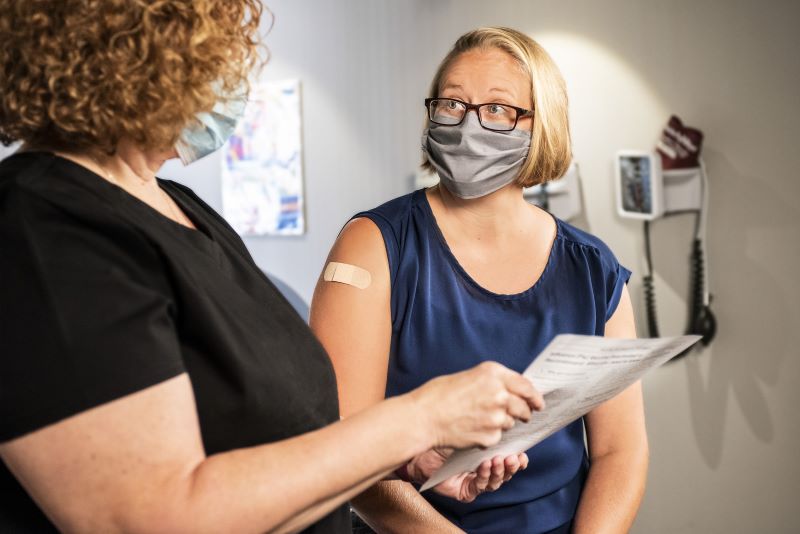In the healthcare industry, the safety of patients should always be the top priority for healthcare providers. With the increasing number of medical errors and preventable accidents, it is essential for providers to take proactive measures to ensure the wellbeing of their patients. In this article, we will discuss seven valuable tips for healthcare providers to enhance patient safety and improve the quality of care they deliver.
Statistics in Canada
Before delving into the tips for improving patient safety, let’s take a look at some statistics regarding medical errors in Canada. According to a report by the Canadian Patient Safety Institute, medical errors are estimated to be the third leading cause of death in Canada, following cancer and heart disease. This alarming statistic highlights the importance of prioritizing patient safety in the healthcare system.
Tip 1: Effective Communication

Communication plays a crucial role in ensuring patient safety. Healthcare providers must establish clear and open lines of communication with their colleagues, patients, and families. By promoting effective communication, providers can reduce the risk of misunderstandings, errors, and adverse events.
Tip 2: Proper Training and Education

Continuous education and training are essential for healthcare providers to stay up-to-date with the latest treatment protocols, best practices, and technologies. By investing in professional development, providers can enhance their skills and knowledge, leading to improved patient outcomes.
Tip 3: Implement Safety Protocols
Healthcare facilities should have robust safety protocols in place to prevent medical errors and ensure patient safety. Standardizing procedures, double-checking medications, and utilizing checklists can help reduce the risk of adverse events and promote a culture of safety.
Tip 4: Embrace Technology
The integration of technology in healthcare has revolutionized the way patient care is delivered. Electronic health records, telemedicine, and patient monitoring systems can improve communication, accuracy, and efficiency in healthcare settings. By leveraging technology, providers can enhance patient safety and streamline workflows.
Tip 5: Engage Patients in Their Care
Involving patients in their care can empower them to take an active role in their treatment and advocate for their safety. Healthcare providers should encourage patients to ask questions, voice their concerns, and participate in shared decision-making to ensure a collaborative approach to care.
Tip 6: Foster a Culture of Safety

Creating a culture of safety within healthcare organizations is essential for promoting transparency, accountability, and continuous improvement. Providers should encourage reporting of errors, near misses, and adverse events, as well as implement a non-punitive approach to learning from mistakes and preventing future occurrences.
Tip 7: Prioritize Staff Wellbeing
The wellbeing of healthcare providers directly impacts patient safety. Burnout, fatigue, and stress can compromise the quality of care provided. Healthcare organizations should prioritize staff wellbeing by offering resources for mental health support, promoting work-life balance, and fostering a positive work environment.

In conclusion, patient safety is a shared responsibility that requires commitment, collaboration, and continuous improvement from healthcare providers. By implementing the seven tips discussed in this article, providers can enhance the quality of care, mitigate risks, and ultimately, prioritize the safety and wellbeing of their patients. Take proactive steps today to make a difference in patient safety in Canada and beyond.